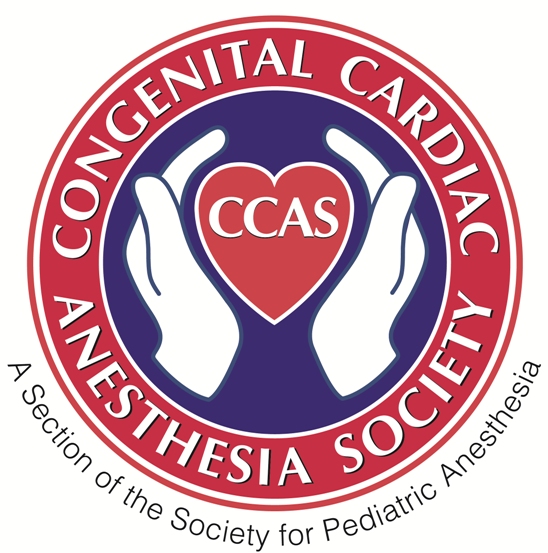Question of the Week 522
{“questions”:{“0hewp”:{“id”:”0hewp”,”mediaType”:”image”,”answerType”:”text”,”imageCredit”:””,”image”:””,”imageId”:””,”video”:””,”imagePlaceholder”:””,”imagePlaceholderId”:””,”title”:”Author: Anila B. Elliott, MD, University of Michigan – C.S. Mott Children\u2019s Hospital \r\nA 16-year-old boy with hypoplastic left heart syndrome is undergoing a heart transplant for failing Fontan. He is currently on citalopram for a history of depression. After separating from cardiopulmonary bypass, he remains severely hypotensive despite fluid administration, high dose epinephrine, norepinephrine, […]
Question of the Week 521
{“questions”:{“aujh4”:{“id”:”aujh4″,”mediaType”:”image”,”answerType”:”text”,”imageCredit”:””,”image”:””,”imageId”:””,”video”:””,”imagePlaceholder”:””,”imagePlaceholderId”:””,”title”:”Authors: Saneeha Shahid, MD AND Nicholas Houska, DO – University of Colorado, Children\u2019s Hospital of Colorado \r\n\r\nA 31-year-old woman with a history of Tetralogy of Fallot repaired in infancy presents with worsening dyspnea and fatigue. Transthoracic echocardiography and cardiac magnetic resonance imaging demonstrate severe right ventricular dilation due to severe pulmonary insufficiency. A 24-hour Holter […]
Question of the Week 520
{“questions”:{“ntcoq”:{“id”:”ntcoq”,”mediaType”:”image”,”answerType”:”text”,”imageCredit”:””,”image”:””,”imageId”:””,”video”:””,”imagePlaceholder”:””,”imagePlaceholderId”:””,”title”:”Authors: Gibbs Yim, MD AND Nicholas Houska, DO – University of Colorado, Children\u2019s Hospital Colorado \r\n\r\nA 5-year-old boy presents with recurrent respiratory infections, chronic cough, and dysphagia. Computed tomography of the lungs confirms a right aortic arch with an aberrant left subclavian artery, consistent with a vascular ring. Which of the following vascular anomalies is […]
Question of the Week 519
{“questions”:{“wy4e3”:{“id”:”wy4e3″,”mediaType”:”image”,”answerType”:”text”,”imageCredit”:””,”image”:””,”imageId”:””,”video”:””,”imagePlaceholder”:””,”imagePlaceholderId”:””,”title”:”Authors: Destiny F. Chau, MD – Arkansas Children\u2019s Hospital\/University of Arkansas for Medical Sciences, Little Rock, AR AND Meera Gangadharan, MBBS, FAAP, FASA Children\u2019s Memorial Hermann Hospital, University of Texas Health Science Center, Houston, TX \r\n\r\nA 14-year-old patient with a history of long QT syndrome, not currently under treatment with medication or device therapy, is […]
Question of the Week 518
{“questions”:{“obqkv”:{“id”:”obqkv”,”mediaType”:”image”,”answerType”:”text”,”imageCredit”:””,”image”:””,”imageId”:””,”video”:””,”imagePlaceholder”:””,”imagePlaceholderId”:””,”title”:”Author: Nicholas Houska, DO – University of Colorado – Children\u2019s Hospital Colorado \r\n\r\nA 1-year-old girl with a history of congenital mydriasis, patent ductus arteriosus ligation, and Ladd procedure presents for magnetic resonance imaging of the heart and brain. Genetic testing demonstrates a mutation of the ACTA2 gene p.R179H consistent with Multisystem Smooth Muscle Dysfunction Syndrome. […]
